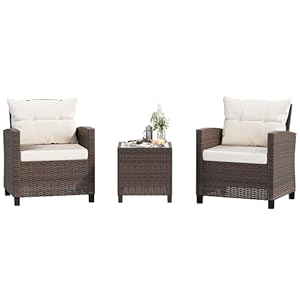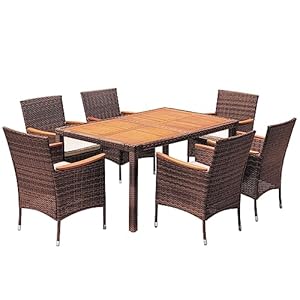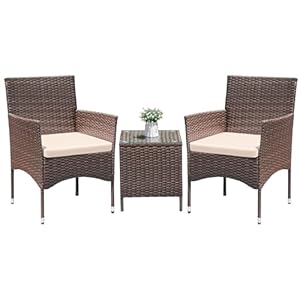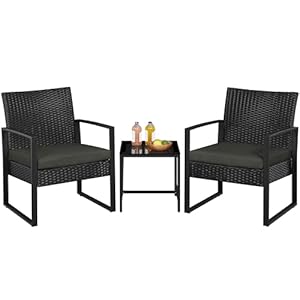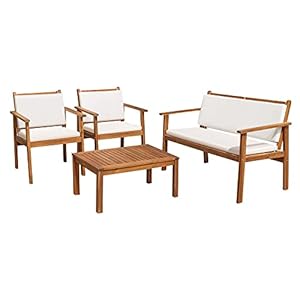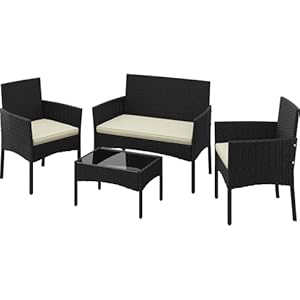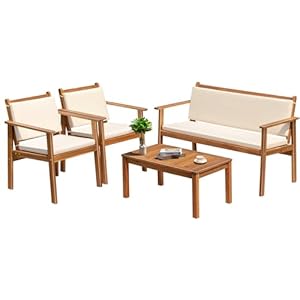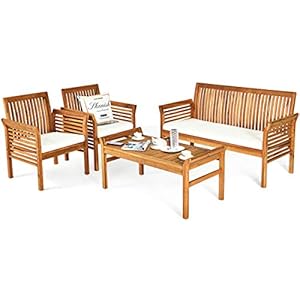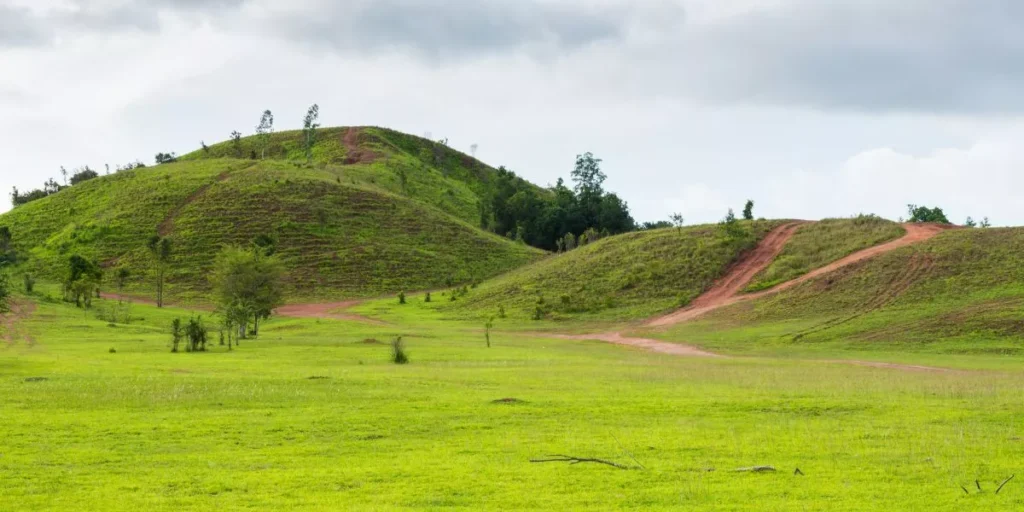
When it comes to warm and cool season grasses, understanding their distinct characteristics can significantly impact the success of your lawn. From growth patterns to maintenance needs and visual appeal, these grass types offer unique benefits based on the climate conditions they thrive in. By recognizing these differences, you can make informed decisions to ensure your lawn remains healthy and vibrant throughout the year.
Growth Patterns
When comparing warm and cool season grasses, their growth patterns vary significantly. Warm season grasses, such as Bermuda grass and Zoysia grass, thrive in hot summer temperatures. These grasses experience peak growth during the summer months when temperatures are high. In contrast, cool season grasses like Kentucky bluegrass and fescue grow best in cooler temperatures typically found in the spring and fall.
For warm season grasses, their growth is most vigorous during the warmer months. These grasses may go dormant or experience slower growth in the winter months when temperatures drop. On the other hand, cool season grasses exhibit steady growth during the spring and fall, slowing down during the hot summer months. It’s important to consider these growth patterns when selecting grass types for your lawn, as they can impact the maintenance requirements and overall appearance of your lawn throughout the year.
Understanding the distinct growth patterns of warm and cool season grasses is essential for proper lawn care and maintenance. By choosing the right grass type based on your climate and desired growth patterns, you can ensure a healthy and vibrant lawn year-round.
Ideal Climate Conditions
In determining the ideal climate conditions for warm and cool season grasses, consider the temperature ranges that best support their growth. Warm season grasses thrive in temperatures ranging from 80 to 95 degrees Fahrenheit. They’re well-suited for regions with hot summers and mild winters, making them perfect for southern climates.
On the other hand, cool season grasses prefer temperatures between 60 and 75 degrees Fahrenheit. These grasses are ideal for areas with colder winters and moderate summers, typically found in the northern regions. Understanding these temperature preferences is crucial in selecting the right grass type for your specific climate.
In addition to temperature, precipitation levels play a key role in the growth of warm and cool season grasses. Warm season grasses prefer areas with lower humidity and moderate rainfall, while cool season grasses thrive in regions with higher humidity and more consistent rainfall. By considering both temperature and precipitation, you can create the ideal climate conditions to ensure the health and vitality of your chosen grass type.
Maintenance Requirements
Considering the temperature and precipitation preferences of warm and cool season grasses, understanding their maintenance requirements is key to ensuring their optimal growth and health.
For warm-season grasses like Bermuda grass and Zoysia grass, regular maintenance during the growing season is crucial. This includes mowing at the recommended height of 1.5 to 2 inches, watering deeply but infrequently to encourage deep root growth, and fertilizing with nitrogen-rich fertilizers in late spring or early summer.
On the other hand, cool-season grasses such as Kentucky bluegrass and fescue require different maintenance practices. These grasses benefit from regular watering during dry spells, mowing at a height of 2.5 to 3.5 inches, and fertilizing in the fall and spring to support their growth.
Regardless of the type of grass you have, proper maintenance also involves aerating the soil to promote root development, overseeding as needed to fill in bare patches, and controlling weeds to prevent competition for nutrients and sunlight. By following these maintenance guidelines, you can ensure that your warm or cool season grass thrives and remains healthy throughout the year.
Seasonal Appearance
To distinguish between warm and cool season grasses based on their seasonal appearance, observe their color and growth patterns throughout the year.
Warm season grasses, such as Bermuda grass and Zoysia grass, thrive in hot summer months, exhibiting a lush green color during this time. As the weather turns cooler in the fall and winter, warm season grasses enter dormancy, turning brown or straw-like in appearance.
In contrast, cool season grasses like Kentucky bluegrass and fescue maintain their vibrant green color during the cooler months of fall and even into winter, showcasing year-round visual appeal. These grasses experience peak growth in the spring and fall when temperatures are milder, providing a lush appearance.
Garden

